UK PMI Services was finalized at 58.5 in November, down from October’s 59.1. PMI Composite was finalized at 57.6, down from October’s 57.8. Markit also said there was the strongest increase in new work since June. Output growth eased slightly. Input costs and prices charged rose at record rates.
Tim Moore, Economics Director at IHS Markit:
“Surging price pressures have done little to dent business and consumer spending across the UK economy… The overall speed of recovery looks to have accelerated in comparison to the third quarter of 2021, with output growth mostly driven by services as manufacturers struggle with severe shortages of raw materials and critical components.
“The vast majority of survey responses in November were received prior to the news of the Omicron variant, however, which has the potential to derail near-term growth prospects and add to international supply chain disruption.




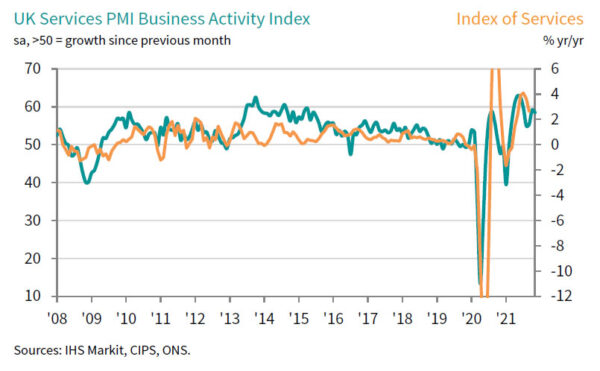


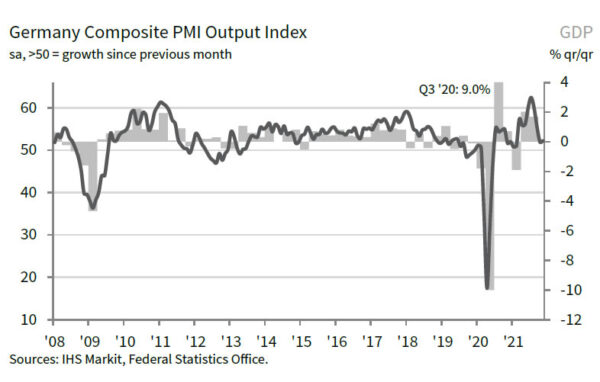
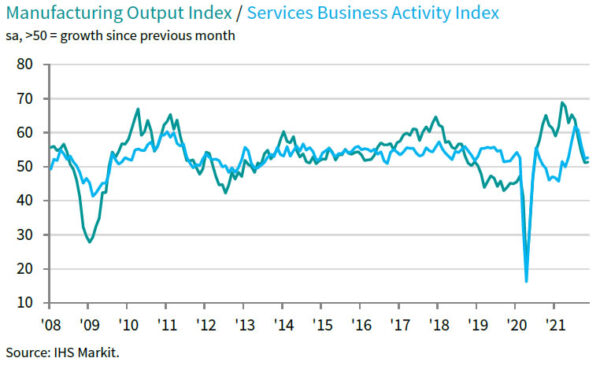
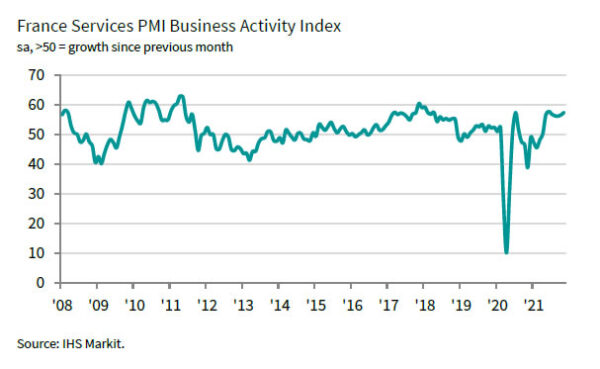
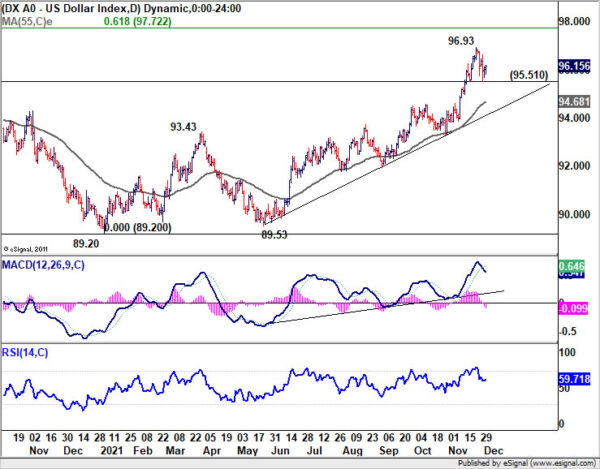
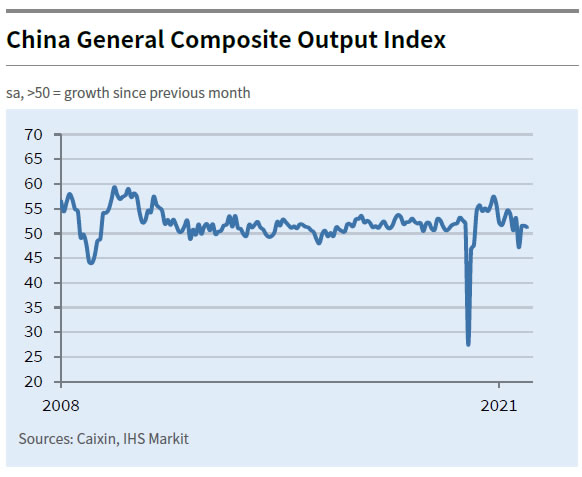
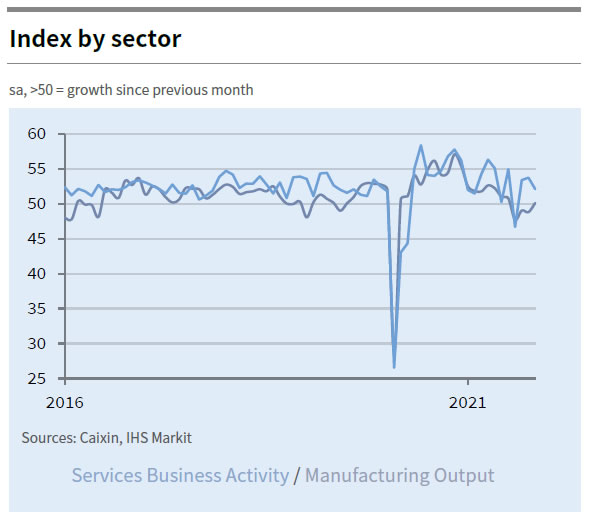
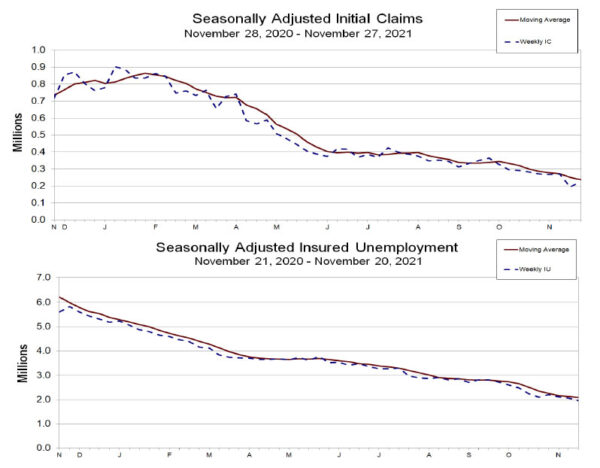
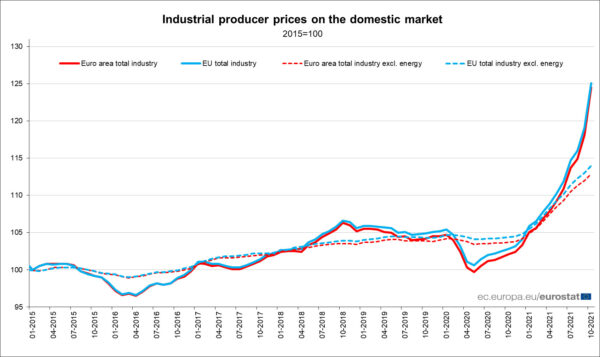
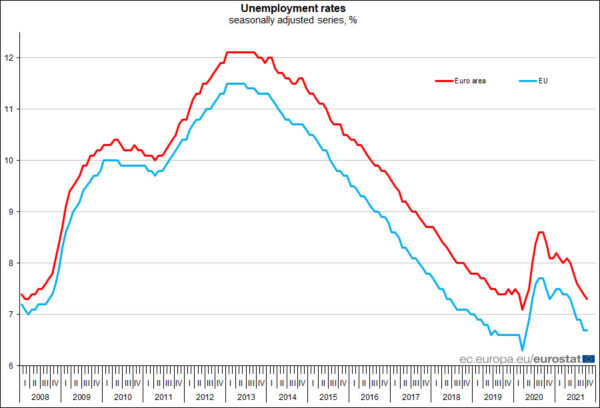
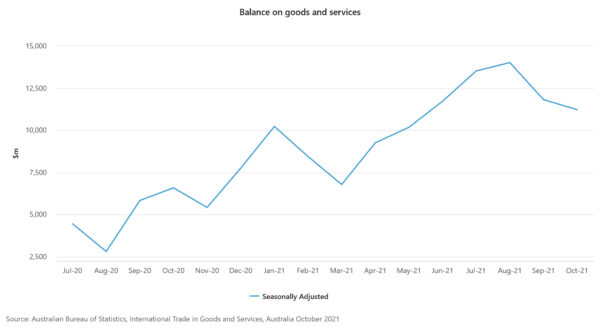
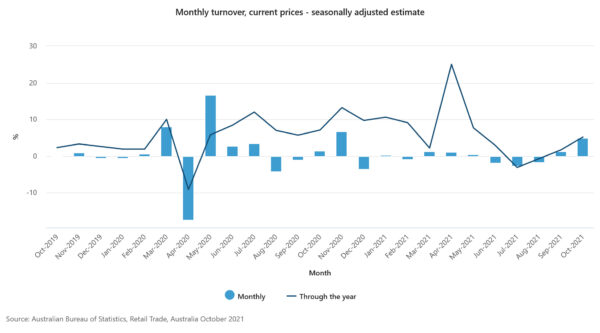
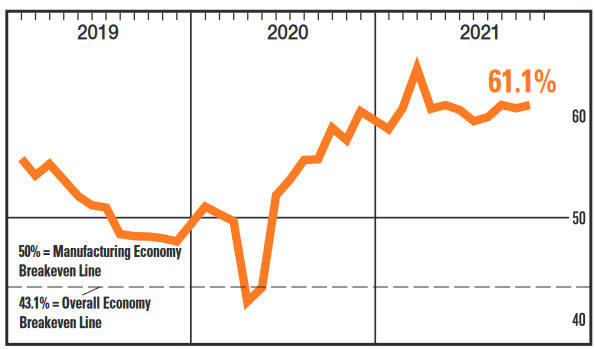
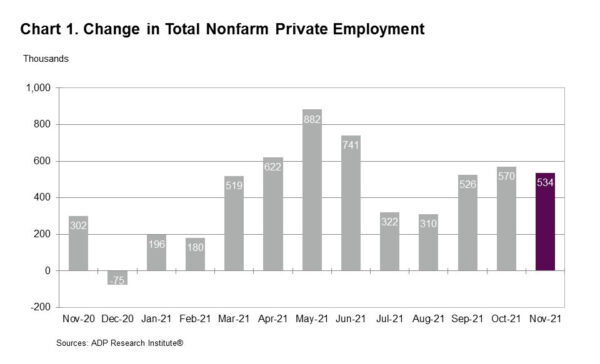
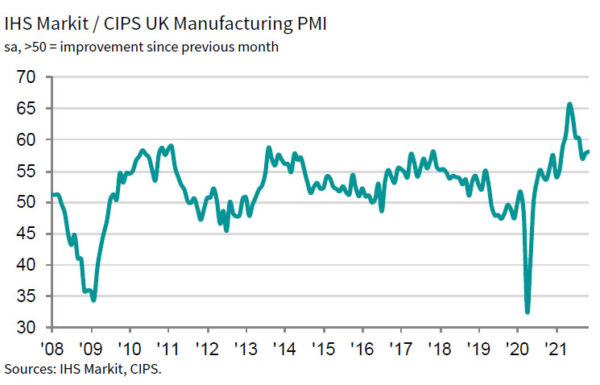

Eurozone retail sales rose 0.2% mom in Oct, EU up 0.3% mom
Eurozone retail sales rose 0.2% mom in October, below expectation of 0.3% mom. Volume of retail trade increased by 1.3% for automotive fuels and by 0.4% non-food products, while it fell for food, drinks and tobacco by 0.1%.
EU retail sales rose 0.3% mom. Among Member States for which data are available, the highest monthly increases in the total retail trade volume were registered in Slovenia (+13.0%), Portugal (+2.3%) and Denmark (+2.2%). The largest decreases were observed in Latvia (-5.4%), Austria (-2.8%) and Estonia (-2.6%).
Full release here.